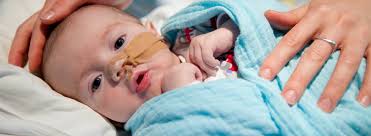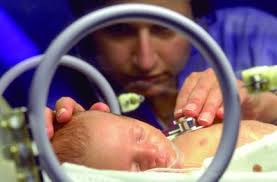 Legal & Safety Blog
Legal & Safety Blog
by Matthew Casey
What is Cerebral Palsy?
Cerebral Palsy (CP) is caused by abnormal development or damage to the parts of the brain the control movement, balance and posture. Most often the causes occur during pregnancy, but they can also occur during or shortly after childbirth. Risk factors include premature birth, being a twin, infections during pregnancy, difficult delivery, and head trauma during the first few years of life.
The most common symptoms of CP are low muscle tone, stiff or weak muscles and poor coordination. There may also be problems with sensation, vision, hearing, swallowing and speaking. Most babies with CP don’t hit their normal milestones and will have delays in rolling over, sitting up, crawling, walking and talking. About one-third of patients with CP have difficulty with thinking and reasoning, and may also experience seizures throughout their life.
 There are two distinct types of CP:
There are two distinct types of CP:
1. Congenital CP comprises the majority of cases (85-90%) and is related to brain damage that happened before and during birth.
According to the CDC website, risk factors for Congenital CP include:
- Low birth weight
- Premature birth
- Multiple births
- Fertility treatments
- Infections of the mother during pregnancy
- Jaundice or kernicterus (severe jaundice)
- Medical conditions of the mother (thyroid issues, intellectual disability or seizures)
- Any birth complications which could have disrupted oxygen supply during delivery
One of the most common types of brain damage caused by oxygen loss during delivery is called Hypoxic-Ischemic Encephalopathy (HIE). It occurs most often in full-term infants that sustain some type of oxygen deprivation during delivery (intrapartum asphyxia). It can cause epilepsy, developmental delays, motor impairment, neurodevelopment delay, and cognitive impairment.
2. Acquired CP is comprises a much smaller percentage of cases and is acquired more than 28 days after delivery and is usually caused by infection or head injury.
According to the CDC website, risk factors for Acquired CP include:
- Premature birth
- Low birth weight
- Infection
- Head injury or trauma
There is no cure for CP, but various therapies including medications, physical/speech/occupational therapy, and surgeries will help patients with CP.
If you have a child with Congenital or Acquired CP and you suspect it was caused by premature birth, low birth weight or a difficult delivery, your best course of action is to have an experienced personal injury attorney review the medical records. There may be cause for negligence on the part of the physician or medical staff.
Matt Casey is a partner with Casey & Devoti, a St. Louis-based personal injury law firm. Together Matt and his law partner, Matt Devoti, have nearly 40 years of trial experience. They handle a variety of personal injury matters with a special emphasis on medical malpractice and birth injuries. Visit the Casey & Devoti website to learn more about the most common labor and delivery errors and the resulting birth injuries. If you suspect your baby suffered a birth injury due to negligence, contact our office for a free, no-obligation consultation : (314) 421-0763.








